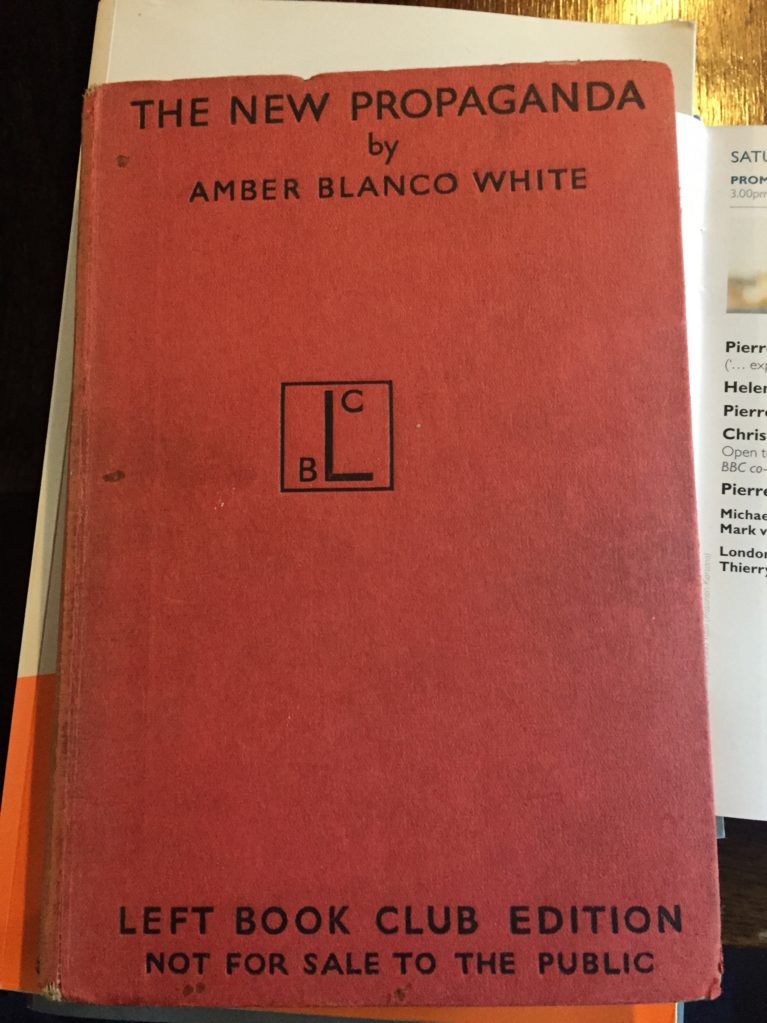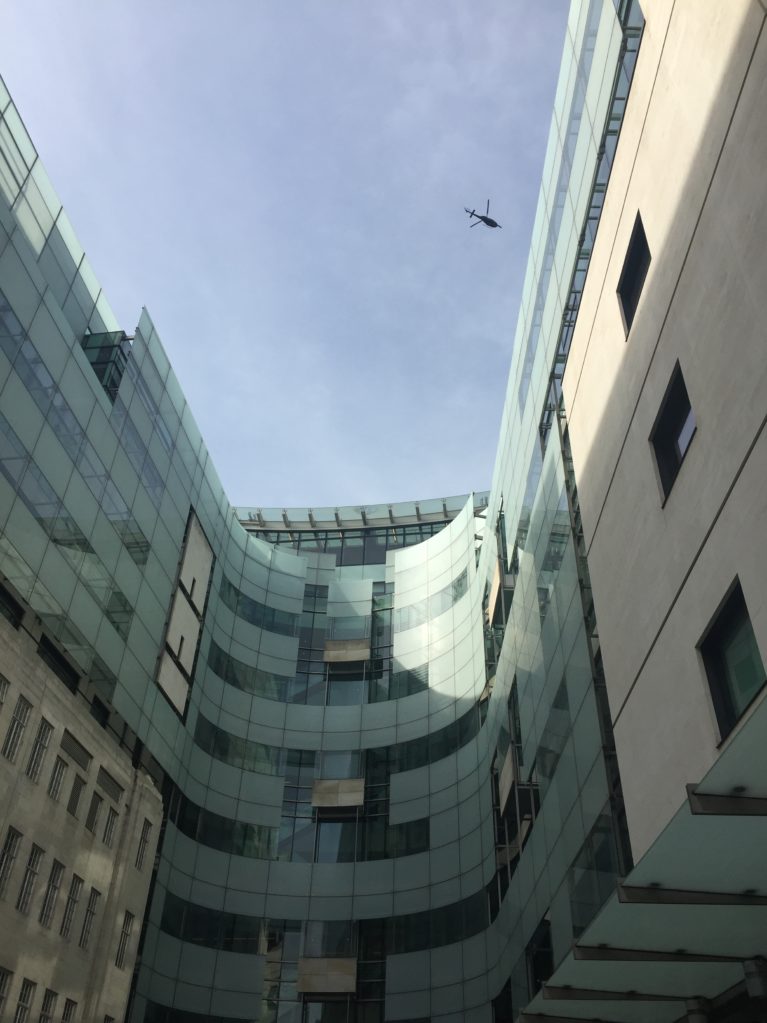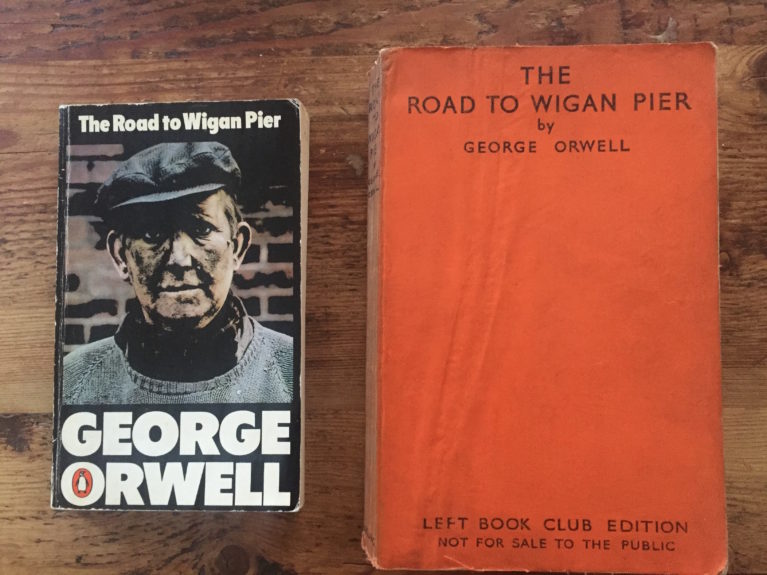Sort of. After a ceremony today at Anglia Ruskin University’s Chelmsford campus I how have an Honorary Doctorate of Arts, which is a very fine thing. You can read the citation over on the ARU website. It’s very sweet.
I was asked to address those who were graduating today after actually doing some work and passing some exams. This is what I said (mostly).
Vice Chancellor, honoured guests and students
I’ve lived in Cambridge for over thirty-five years, and Anglia Ruskin University has played a significant part in my life. I’m old enough to remember the Cambridgeshire College of Arts and Technology and the Anglia Polytechnic days – I don’t go back quite as far as the foundation of the School of Art, but it’s not *that* far before my time!






